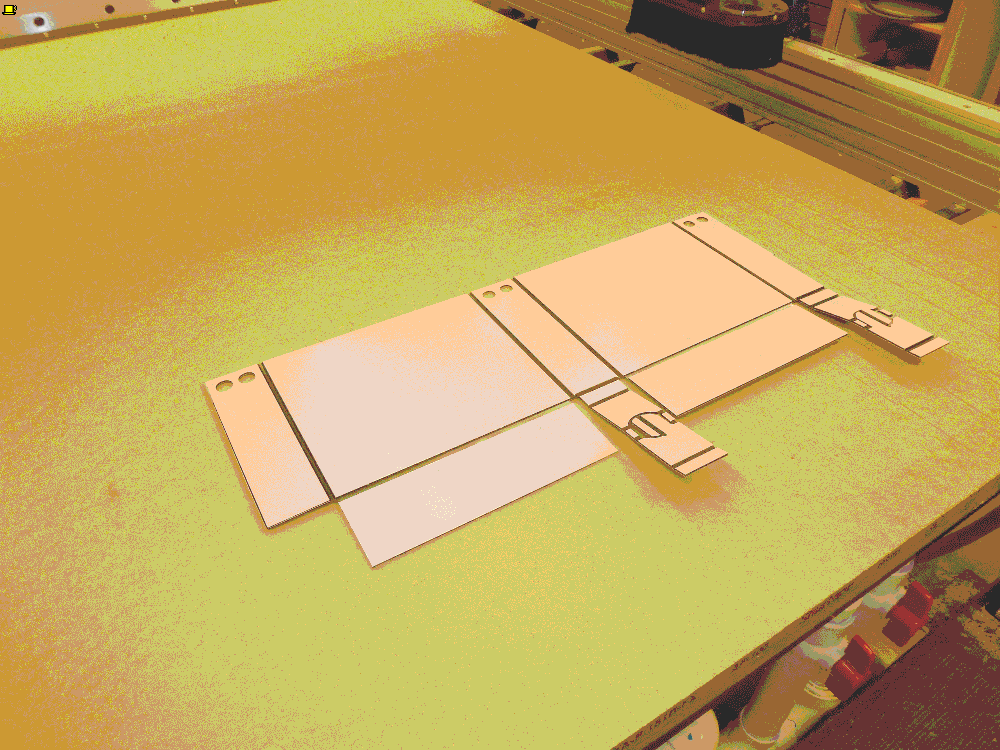The artifacts ranged in size from less than 1" to over 24". This presented a challenge.
The main part of the exhibit was to be occupied by 10 garment cases I designed 2 different layouts: One that highlighted the smaller katsinas that could hold 16 examples, and a second that could hold 7 of a larger style. While this could display a wide variety of katsinas, we needed another piece that could display the entire range of what comprised the collection.
Utilizing an existing cube case made to hold a giant grain basket, I developed a spiral display arrangement that could adequately show 55 katsinas of the entire range. Each base was unique, and scaled to the best effect.
While this may sound like a nightmarish installation, in reality it went very smooth due to considerable up-front planning and design. Each platform was lasered from cast acrylic. But before the protective paper was removed, a team member would place the katsina in position on the platform, mark where a polyethylene could be placed to best effect, and write the accession number on it to keep track. Another tech would take the marked platform and place it in the laser on a template, hit "Play" and burn a single thin unobtrusive slot on top of the pencil mark. Repeat as needed. The finished platforms were then taken back to the collection where a preparator would pair it with the correct katsina, remove the paper, and affix the artefact to the plex with polyethylene "seatbelts" using a small bit of 3M 415 tape on the underside. The katsina was now more stable that it was on its original base.
More images of the installation and other details can be found here.









































